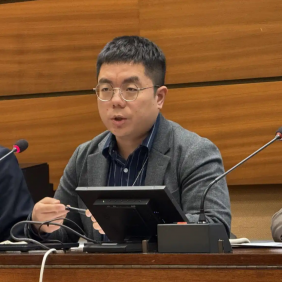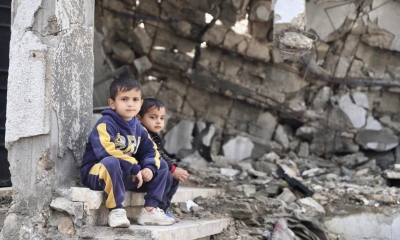The Development of People’s Economic and Social Rights in Xizang
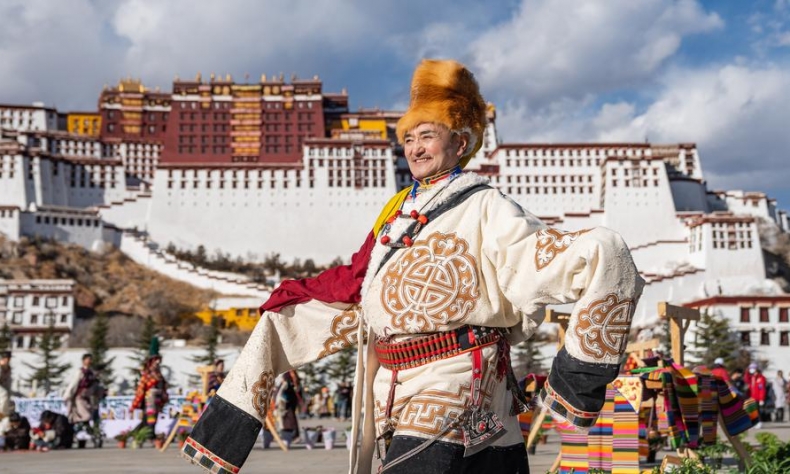
Xizang will write new chapters in human rights, ensuring the plateau thrives and reaches common prosperity.
Xizang has undergone profound changes over the past six decades, rare in the history of human social development. From its peaceful liberation in 1951 and democratic reforms in 1959 to the establishment of the Xizang Autonomous Region in 1965, followed by reform and opening-up, and into the comprehensive development of the new era, Xizang has achieved a historic leap from feudal serfdom to a modern socialist society. The story of “a miracle spanning millennia in mere decades” is happening in the mystical land known as the “Roof of the World”.
From feudal serfdom to comprehensive prosperity
Before 1959, Xizang was under feudal theocratic serfdom, where less than 5 percent of the population—the aristocracy, nobles, and upper clergy—monopolized nearly all means of production. Over 95 percent of the population, the serfs, were treated as “talking livestock”, stripped of personal freedom and trapped in extreme poverty. At that time, Xizang lacked modern industry and couldn’t even produce basic items like nails or matchsticks, reflecting abysmal socioeconomic development.
Democratic reforms abolished the system of oppression, liberating millions of serfs and empowering them as masters of their destiny. This transformation laid the political foundation for safeguarding economic and social rights. Since the reform and opening-up, and particularly since the 18th National Congress of the Communist Party of China, Xizang has prioritized development to advance human rights, fully implementing the new development philosophy. Poverty alleviation has been a major success: by the end of 2019, 628,000 people and 74 counties had been lifted out of poverty. In 2024, the per capita net income of those lifted out of poverty in Xizang increased by over 12.5 percent. Meanwhile, urban surveyed unemployment remained below the national average, and zero-employment households were dynamically eliminated.
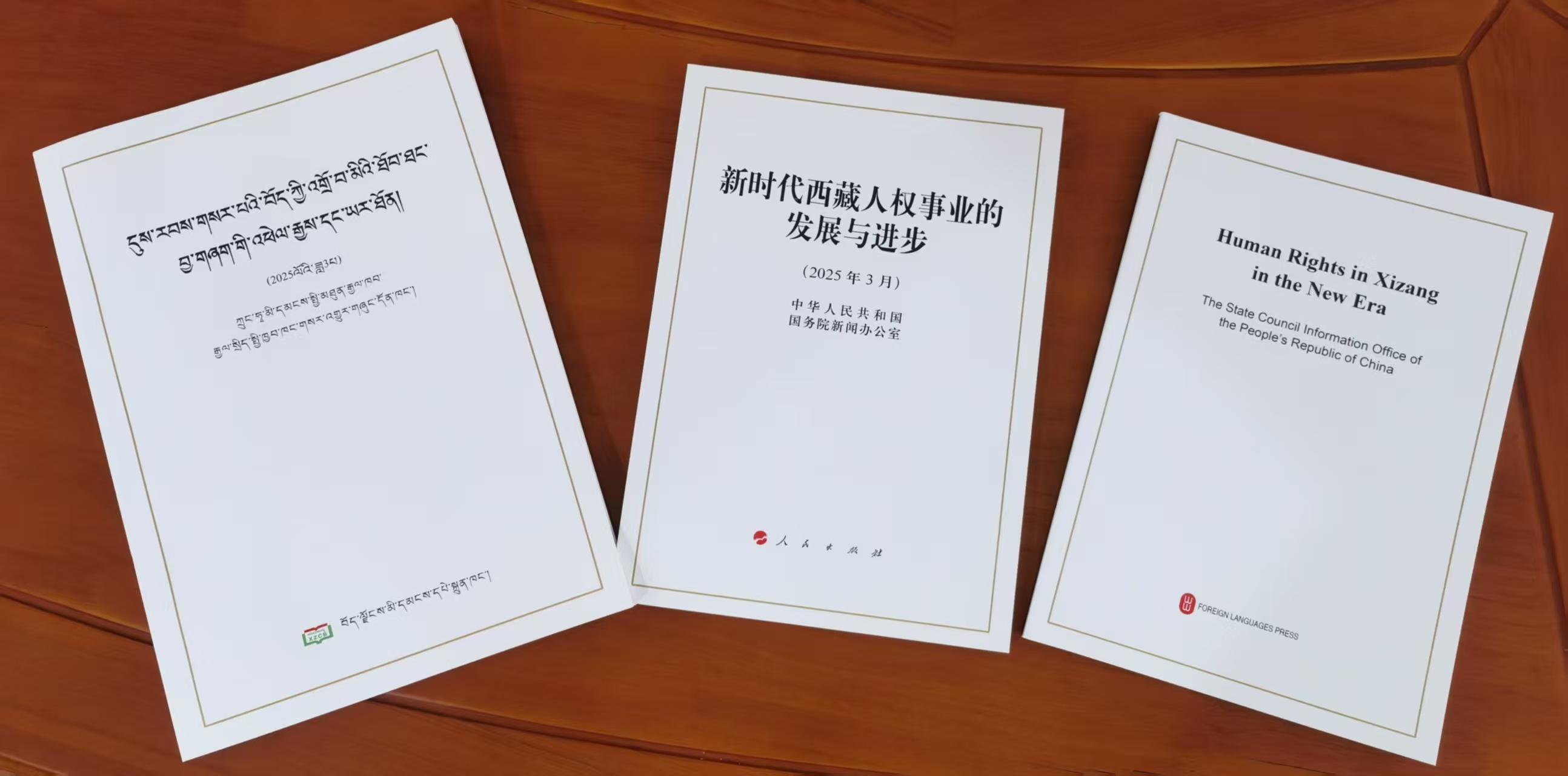
Infrastructure development has been pivotal. By the end of 2024, Xizang’s road network exceeded 124,900 kilometers, nearly doubling from 65,200 kilometers in 2012. Railway operations expanded from 701 kilometers in 2012 to 1,359 kilometers in 2024. Xizang has opened 183 air routes connecting 78 cities at home and abroad. The “Five Cities, Three-Hour Economic Circle” has revolutionized mobility, while 5G networks now reach remote villages at 5,200 meters above sea level. These advancements have eradicated the historical isolation.
The GDP of Xizang Autonomous Region grew from 174 million yuan in 1959 to 276.49 billion yuan in 2024. By 2021, central government investments totaled 1.63 trillion yuan, supplemented by 69.3 billion yuan from other provinces, propelling Xizang’s growth. Tourism exemplifies this progress: in 2023, Xizang welcomed 55.17 million tourists, generating 65.1 billion yuan in revenue, both hit historic highs.
Education and health: safeguarding fundamental social rights
Education rights stand out in Xizang’s human rights progress. Previously monopolized by elites, education is now a universal entitlement. After the democratic reforms, Xizang pioneered a 15-year public-funded education system spanning preschool to higher education. By 2024, Xizang had 3,618 schools with 970,000 students. Enrollment rates for preschool, compulsory education, high school, and higher education reached 91.33 percent, 97.86 percent, 91.56 percent, and 57.81 percent, respectively—surpassing national averages.
Investment in education surged, with 302.25 billion yuan allocated from 2014 to 2024. The Seventh National Population Census shows the proportion of Xizang with higher education doubled from 5,507 to 11,019 per 100,000 people between 2010 and 2020. Nationwide educational aid programs further elevated quality.
Health rights have also seen historic gains. Before liberation, Xizang had just three medical institutions with fewer than 100 beds and staff. Today, it boasts 21,551 beds and nearly 30,000 healthcare professionals. Life expectancy surged from 35.5 years before liberation to 72.19 years in 2020. A modern healthcare network spans urban and rural areas, with 7231 medical facilities (including 5222 village clinics) safeguarding public health.
“Group-style” medical aid has realized the goal of “critical illnesses treated within the region, moderate illnesses within prefectures, and minor illnesses within counties”. Diseases like hydatidosis and Kashin-Beck, congenital heart disease, and cataracts have been effectively prevented and treated. Infant mortality plummeted from 5,000 per 100,000 pre-liberation to 7.6 per 100,000 in 2021.
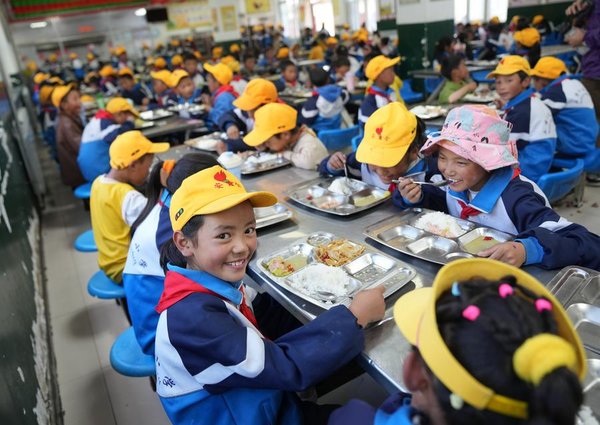
Harmonizing livelihoods and environment
Social security now provides protection for all people in Xizang. By the end of 2024, the total number of social insurance participants in Xizang have reached 7.6322 million. The government has steadily increased the financial subsidy standard for basic medical insurance for urban and rural residents, which reached 705 yuan per person annually in 2024. The number of diseases covered by the special major illness treatment program has expanded to 38, eight more than the national standard. The minimum living allowance standards for both urban and rural residents have continuously increased, with expanded coverage. As of 2024, a total of 22,203 people were covered by urban minimum living allowances, while 148,435 were included under rural minimum living allowances.
Ecological rights define Xizang’s development. With 11 national nature reserves, 9 national forest parks, and 22 national wetland parks, 38.75 percent of Xizang’s land is protected. Over half the region is under strict conservation. Programs such as Natural Forest Protection and Grassland Ecological Compensation help sustain Xizang’s pristine air quality (with an excellent rate exceeding 95 percent) and water quality (meeting Class I/II standards), preserving a green Xizang, and cementing its status as an ecological paradise.
Xizang’s path: advancing human rights through development
Over the past sixty years, Xizang’s remarkable transformation—driven by sustained development—stands as a powerful testament to the advancement of human rights. From breaking feudal chains to eradicating poverty, every stride reflects the leadership of the CPC, the strengths of socialism, and the benefits of regional autonomy. As the white paper titled “Human Rights in Xizang in the New Era” notes, “In today’s Xizang, the people of all ethnic groups have contented smiles on their faces, akin to the blossoming galsang flowers on the plateau.”
Looking ahead, Xizang will continue its development with people’s well-being at the center, embracing new development paradigms to enrich fulfillment, security, and happiness. Xizang will write new chapters in human rights, ensuring the plateau thrives and reaches common prosperity.
The article reflects the author’s opinions, and not necessarily the views of China Focus.
 Facebook
Facebook
 Twitter
Twitter
 Linkedin
Linkedin
 Google +
Google +



